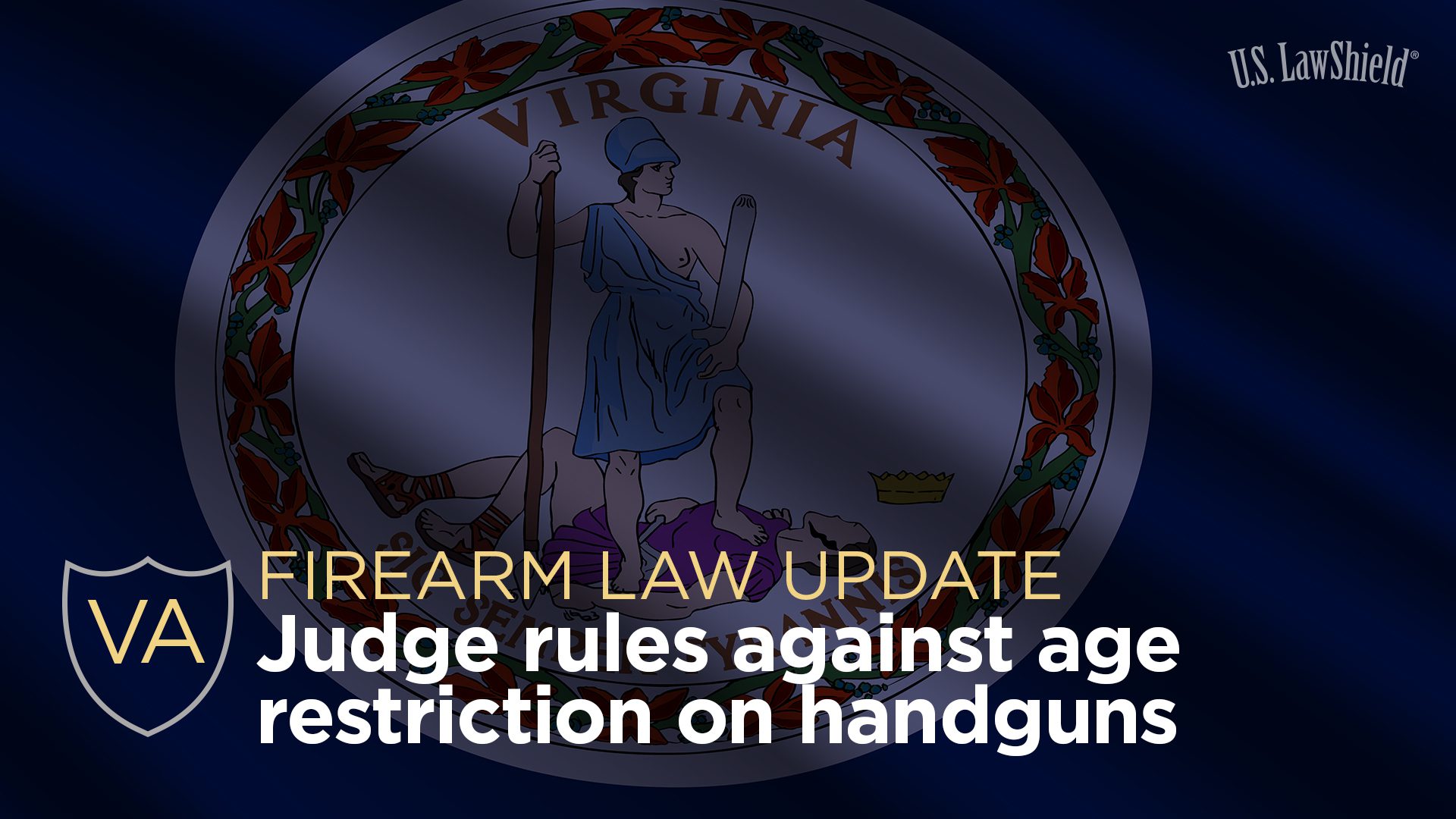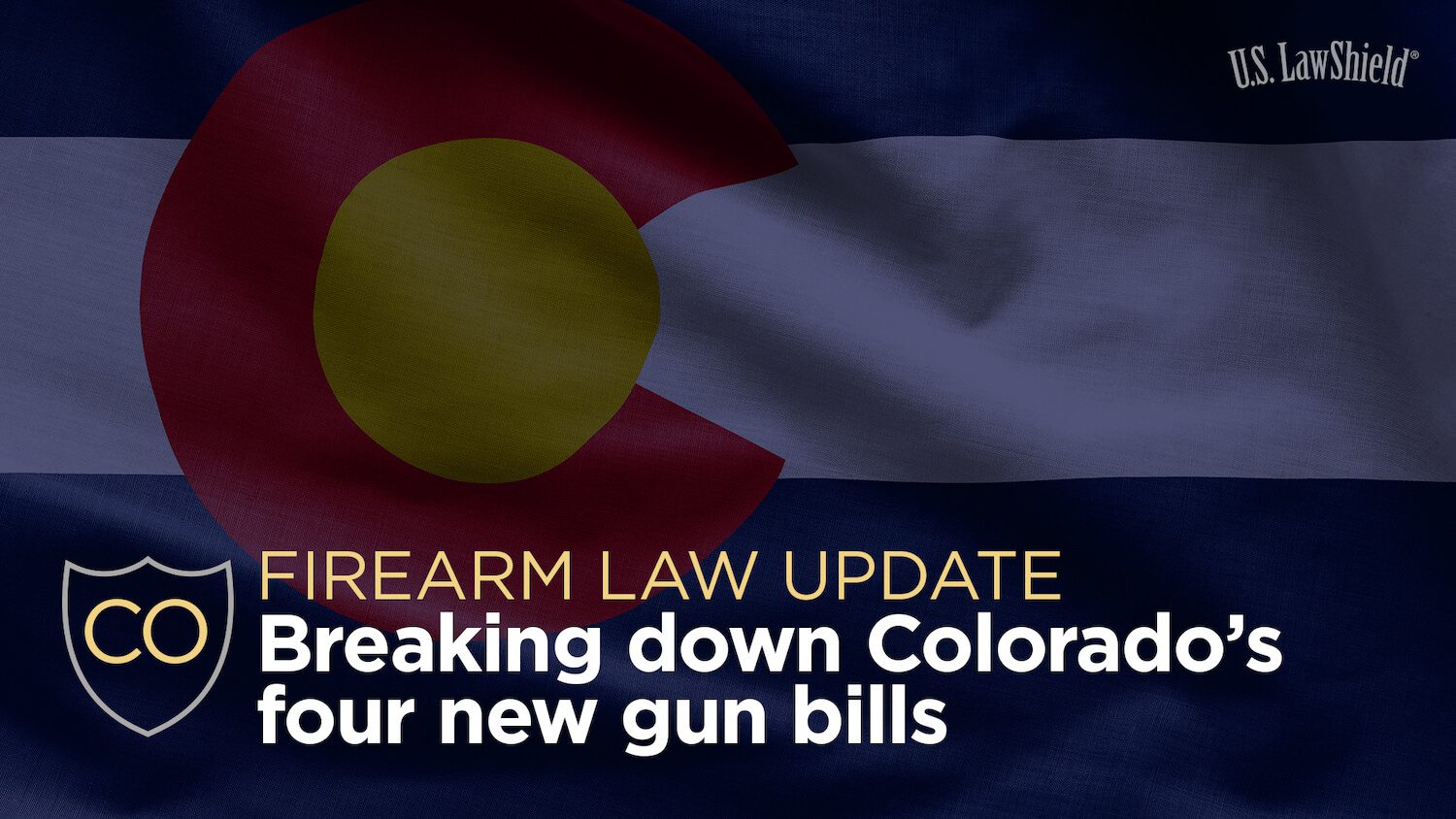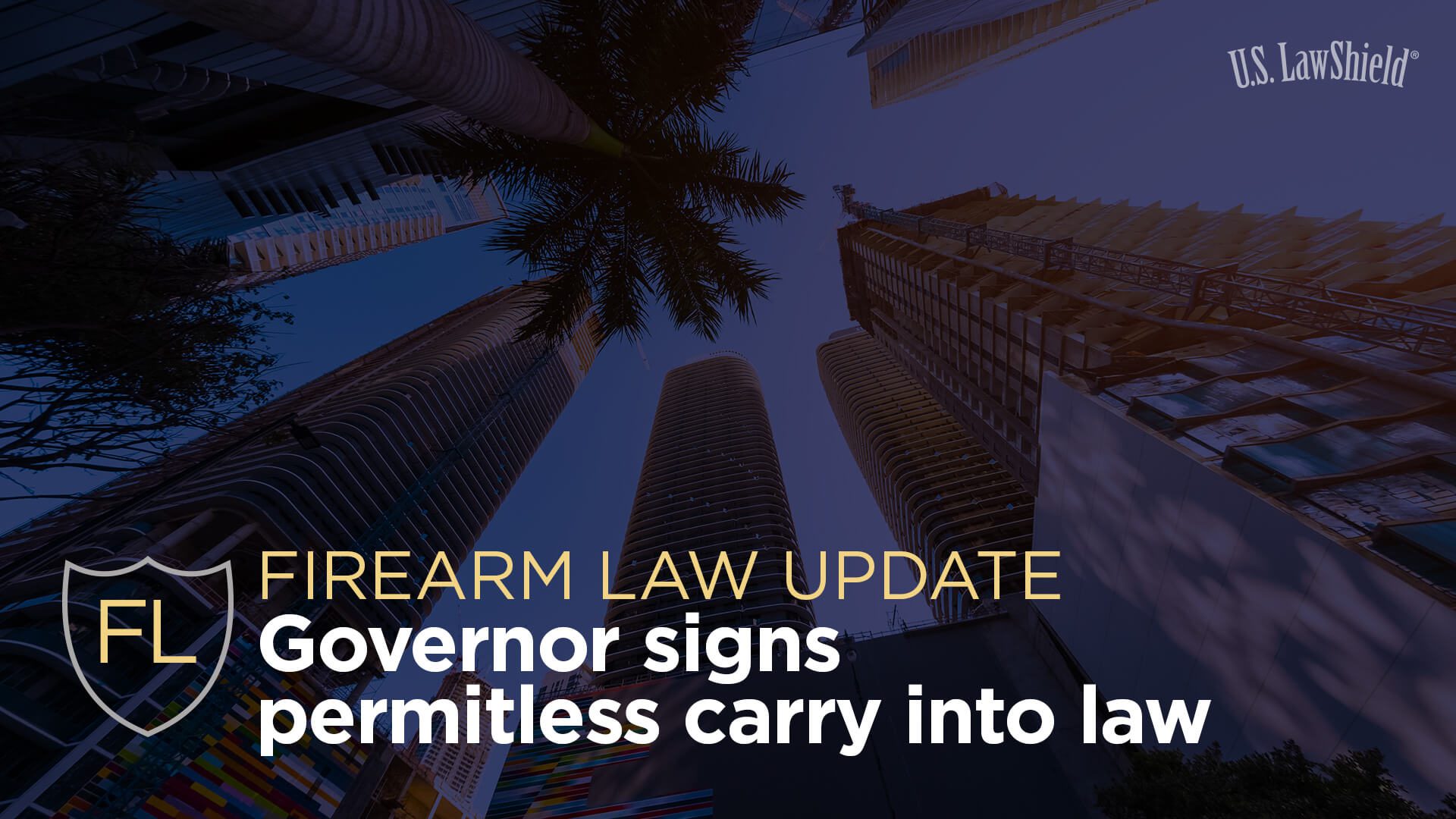The Bureau of Alcohol, Tobacco, Firearms and Explosives (“ATF”) has officially unveiled a new edict every gun store and prospective gun buyers should know. The ATF Form 4473 was rebooted for 2020, requiring Federal Firearms Licensed gun dealers (“FFLs”) to use this new version for gun sales and transfers beginning November 1, 2020.
What are the major changes made to the Form 4473 and how could they affect you? Let’s touch on some of the most important changes you need to know.
What is ATF Form 4473?
Before we begin, let’s review Form 4473, also known as the Firearms Transaction Record. This form is a federally mandated part of transfers when purchasing a firearm, trading a firearm, returning a consigned firearm, redeeming a pawned firearm, loaning or renting a firearm for use off of an FFL’s licensed premises, and any other non-exempt transfer of a firearm through a licensed dealer. It requires the buyer to provide their name, address, birth date, state of residence, and other information.
It also contains blanks to be filled in, including the National Instant Criminal Background Check System (“NICS”) transaction number, the make, model, and serial number of the firearm, and a series of questions. These questions help determine a prospective gun buyer’s eligibility to purchase a firearm under federal law.
Once fully completed by the applicant, they must then sign the document and attest the information is truthful and accurate under penalty of federal law; if the transferee lies or provides inaccurate information on their Form 4473, they could be prosecuted for a crime.
The FFL must then sign the form and retain it for at least 20 years, allowing the ATF to inspect and receive a copy of the form during audits and in the course of a criminal investigation. These Form 4473s are also subject to surrender to the ATF in the event the FFL discontinues doing business.
The NICS background check system, along with the answers on the Form 4473, determine a buyer’s eligibility to legally purchase and possess a firearm. Keep in mind, no NICS background check may be required if the transferee is legally exempt for reasons like possessing a state-issued firearms license or concealed carry permit, and the transferor agrees to accept such a license or permit as a substitute for the background check.
Enjoying this content? Find out how you can get more sent straight to your inbox.
2020 Changes to Form 4473
Now, let’s look at what exactly has changed on the 2020 version of the Form 4473. The first substantive change is found in the warning language at the top of Page 1. In addition to the standard warning of federal law violations and their penalties, the warning now contains language specifically stating that “[a]ny person who exports a firearm without a proper authorization from either the Department of Commerce or the Department of State, as applicable, is subject to a fine of not more than $1,000,000 and up to 20 years imprisonment.”
The second and most noticeable change is in Section A. The ATF has essentially moved the pertinent gun information, including the manufacturer and importer, model, serial number, type, caliber or gauge, number of firearms to be transferred, and two checkboxes to be marked in the event the transaction is a pawn redemption or to facilitate a private party transfer.
This firearm information was previously located on Page 3 in Section D of the Form 4473. Now, the ATF will have immediate firearms information located up front and center on Page 1, along with the transferee or buyer’s name, address, and other identifying information. This revision is seen as controversial because it raises concerns that the firearm identification information and the transferee’s personal information are now consolidated on the first page, which could ultimately be used to facilitate the creation of a state or national firearms registry. The creation of such a registry is currently prohibited by federal law under 18 U.S.C. § 926.
Section B of the new Form contains personal information, with options to select Non-Binary as a Sex; the addition of Parish/Borough as options to go along with County; a more robust UPIN / Appeals Management ID box; and two new immigration-status based questions.
Also noteworthy in Section B are the subparts of question 21, specifically, b., c., h., and i., which now include portions asking if the applicant has had any dealings with a military court which may render them ineligible to purchase, possess, own, or transport a firearm. These include matters related to felonies in state, federal, or military court, along with misdemeanor domestic violence crimes and orders of protection.
Overall, the main significant changes revolve around relocating the firearm and buyer’s information to the front of the form, in addition to information as it relates to members of our armed forces. On the one hand, it will be much easier for the transferor to solve potential residency questions with the new sections related to their change of station and military IDs. On the other hand, there are more expansive questions related to potential military-based court findings and punishments that could make an applicant ineligible to purchase the firearm.
For any additional questions about the new Form 4473, call U.S. LawShield and ask to speak to your Independent Program Attorney.
Your Protection Starts Here!
This video was produced for educational and advertising purposes. All product and company names are trademarks ™ or registered ® trademarks of their respective owners. U.S. and Texas LawShield provides no representation or warranty that the information contained in this video is accurate, up-to-date, or complete. All rights to this work are reserved. No part of this work may be reproduced or copied in any form or by any means without the Company’s written permission in advance.




Thanks for the information
Looks to me like the ATF is trying to make a registry of what you own and what you have and where to get it. They only need to know what state I live in and my name and an ID to verify at time of sale. What if I move? Will I have to tell them? Who wrote these new changes and why?
I agree with John, this sounds like a over reach into our constitutional right to own and bare Fire arms.
Shall NOT BE INFRINGED !!!!!!!!
Shall not be infringed has been heavily infringed!!
The American people have failed in defending the second amendment along with the rest of the bill of rights.
Half the population and the majority of government doesn’t even think it has inalienable rights or that such rights should exist. We have an executive branch of government that pretends like it holds some authority of the bill of rights, especially the second amendment. When constitutionally the President has no such power whatsoever. The President has no power to police, fleece, control, and restrict the second amendment or any other amendment within the constitution.Only Congress can amend the constitution, but even Congress cannot amend the original bill of rights. The constitution isn’t about what the people have the right to do it’s about what the government doesn’t have the right to do.
Tench Coxe, a lesser known founding father left behind the articles of proof that proves the government including Congress itself was never meant to have the power to meddle with the second amendment.
Tench Coxe, a founding father and vocal proponent of the 2nd Amendment:
“The power of the sword, say the minority…, is in the hands of Congress. My friends and countrymen, it is not so, for The powers of the sword are in the hands of the yeomanry of America from sixteen to sixty. The militia of these free commonwealths, entitled and accustomed to their arms, when compared with any possible army, must be tremendous and irresistible. Who are the militia? Are they not ourselves? Is it feared, then, that we shall turn our arms each man against his own bosom. Congress has no power to disarm the militia. Their swords and every terrible implement of the soldier are the birthright of Americans. The unlimited power of the sword is not in the hands of either the federal or state governments but where, I trust in God, it will always remain, in the hands of the people.”
–The Pennsylvania Gazette, Feb. 20, 1788.
I suggest the American people start heeding these words before they lose the most important right a citizen has.
The ATF is clearly creating a registry and at some point the FBI will probably use this information as well to make bias judgments against certain guns big gov doesn’t like.
The government will eventually use the aspects of mental illness to disarm the bulk of gun owning society. All while incessantly continuing to make such rights to expensive to exercise. After all the best way to destroy an inalienable right is to make that right too expensive to exercise or to gain the inflated power and ability to judge what is competency.
99% of the human population will display some form of mental illness when one looks hard enough. This will very likely be the key used to unlock the door to mass disarmament in American society. When the government has the power to decide what is competent it has the power to turn competence into incompetence. Our own government has long been the very embodiment of incompetence and mental illness which shouldn’t even have the right nor authority to wield a military force let alone nukes and other weapons of mass destruction.
Our diseased government has long been the greatest threat to citizen, country, and constitution. The US government has long been nothing more than the biggest criminal enterprise on the planet, hypocritically hiding behind the color of law and constitutional governance.
An institution of governance that become the very embodiment of unconstitutionality, criminality, and corruption.
Necessity is the plea for every infringement of human freedom. It is the argument of tyrants; it is the creed of slaves. _ (Willam Pit)
The government has used the necessity sales pitch for generations to rob and retard the rights and liberties of the American populace.
Civics no longer exist in school for a reason.
The government wants to create a society of sheep and serfs, not individual free thinking citizens.
Hard choices will have to be made in America’s future lest society become the full blown slaves its trending to be.
Who has enough money to hire the right attorney to sue through the courts all the way to the U S Supreme Court to continue stopping these erosions to our 2nd amendment?
How DO the people defend our constitution without going bankrupt!